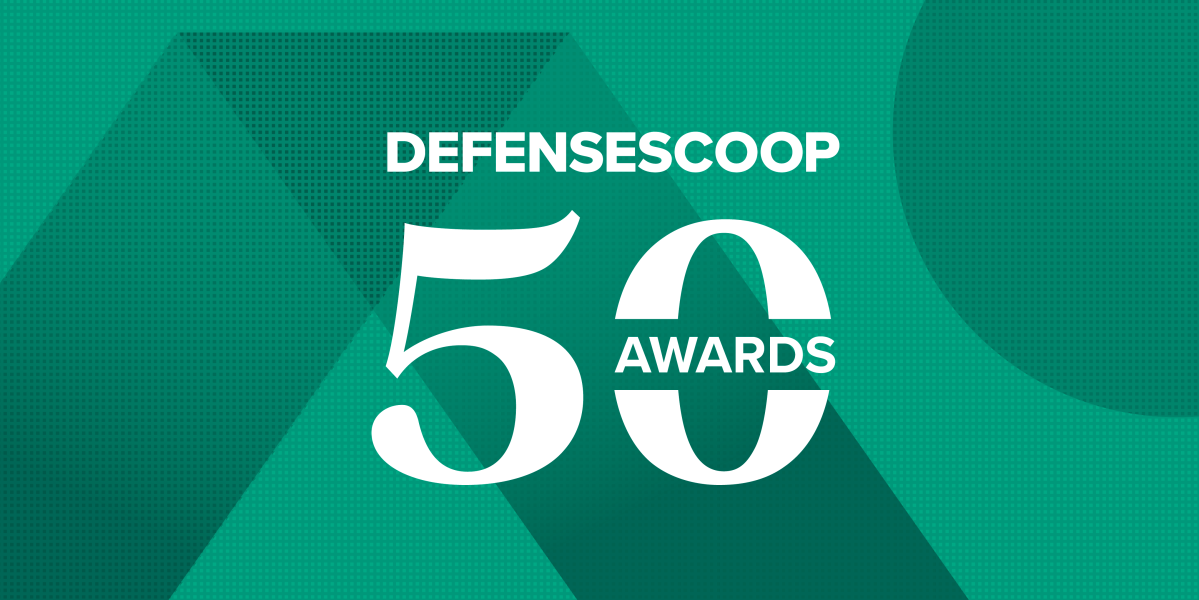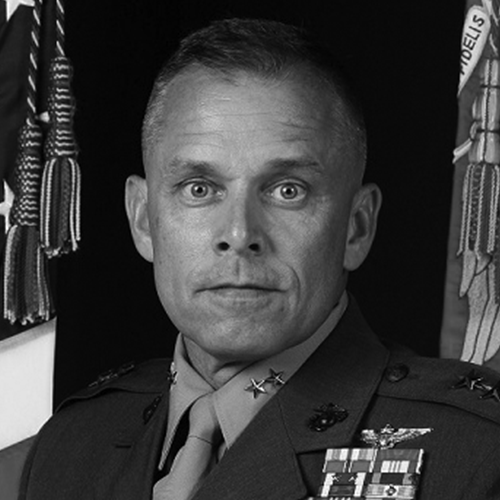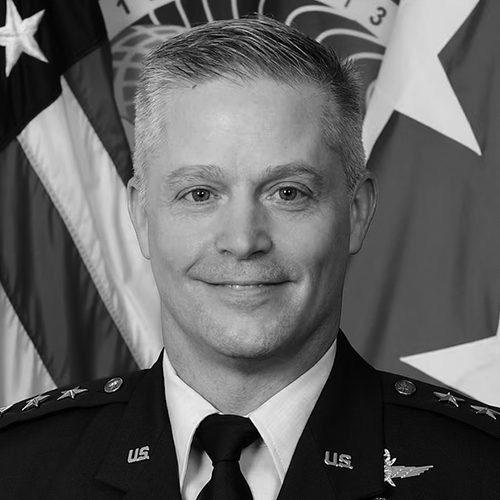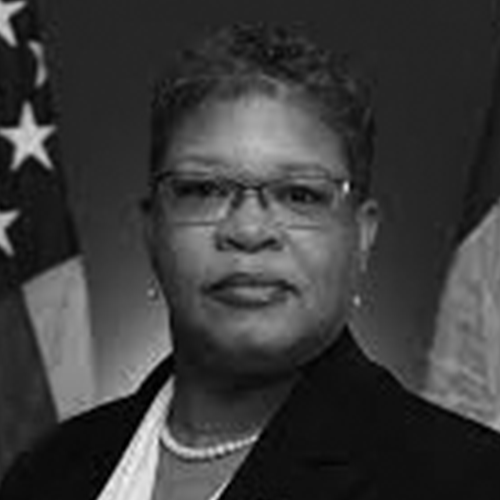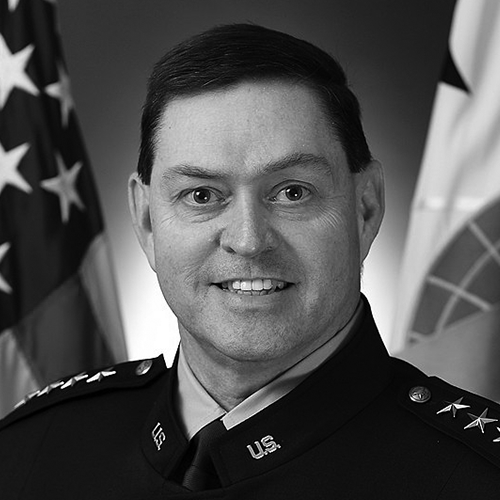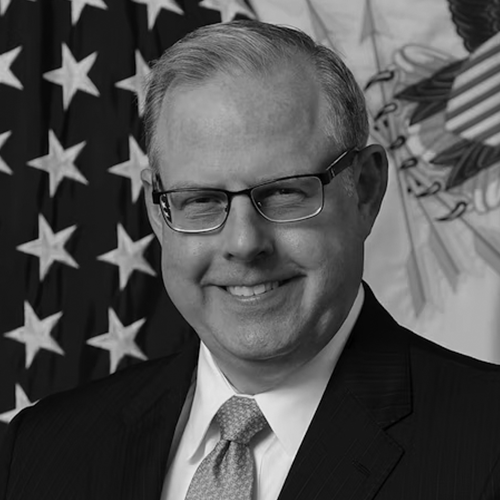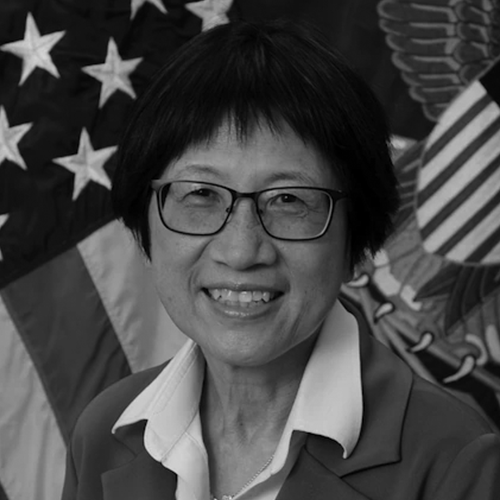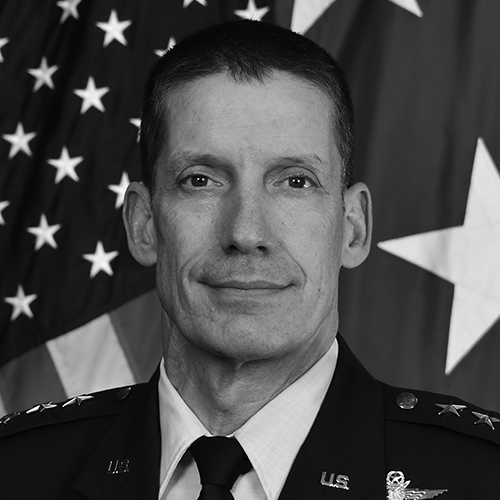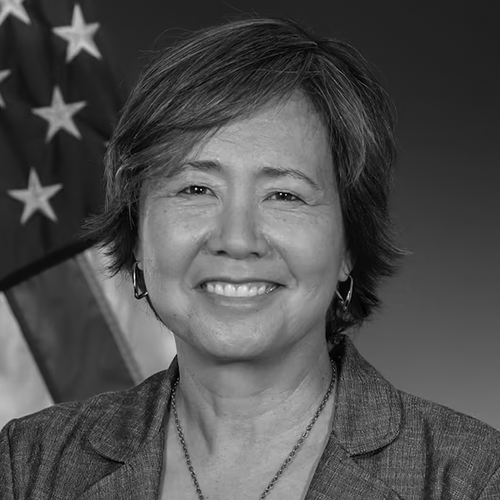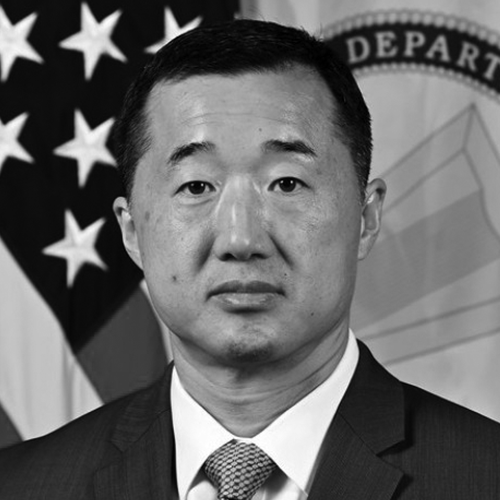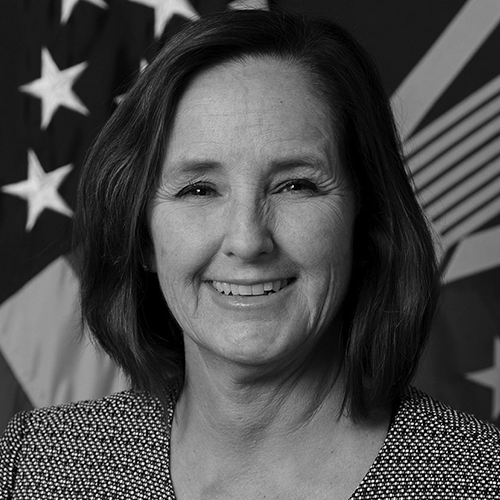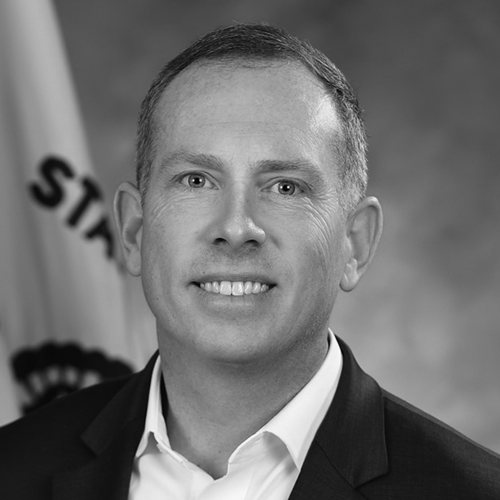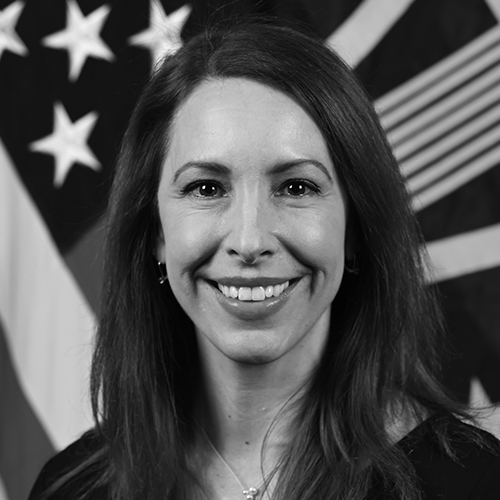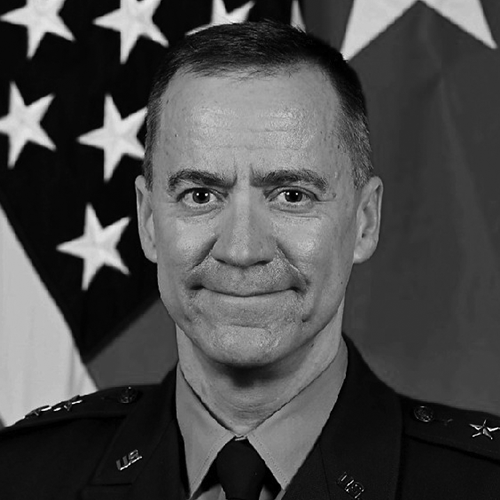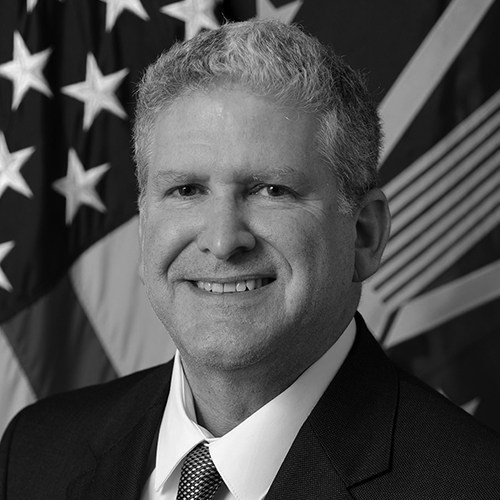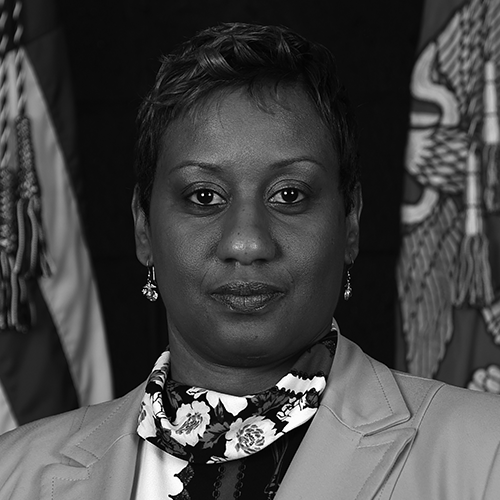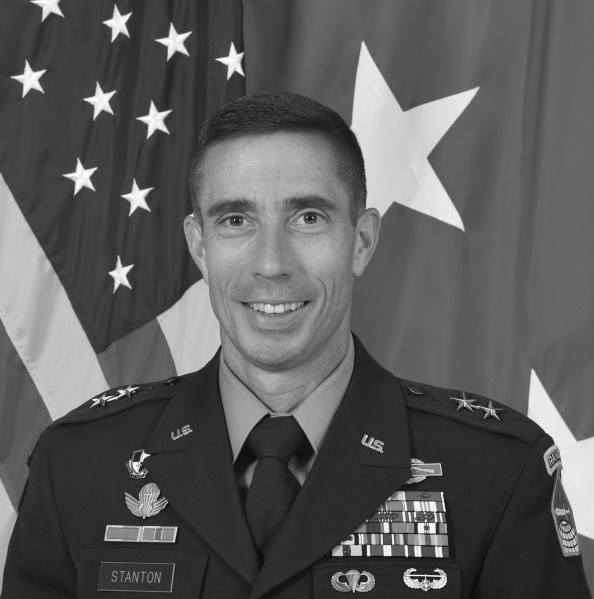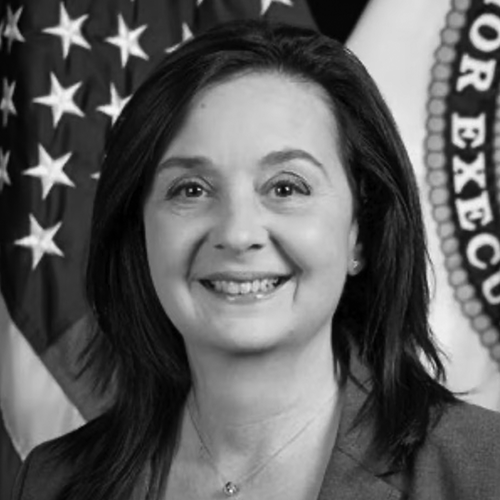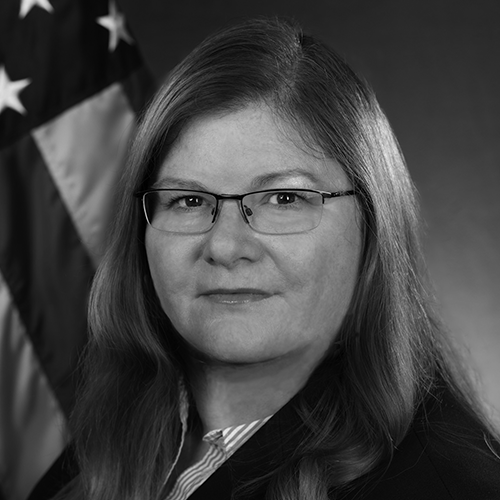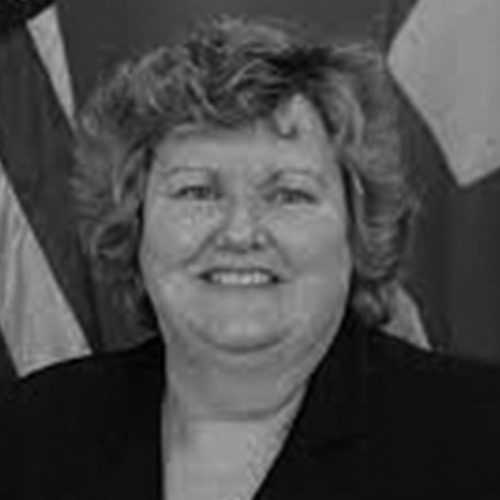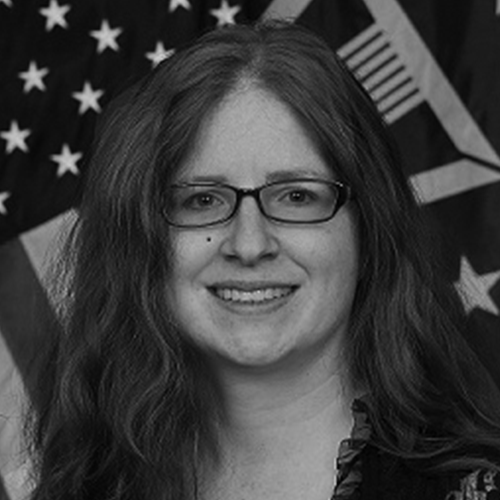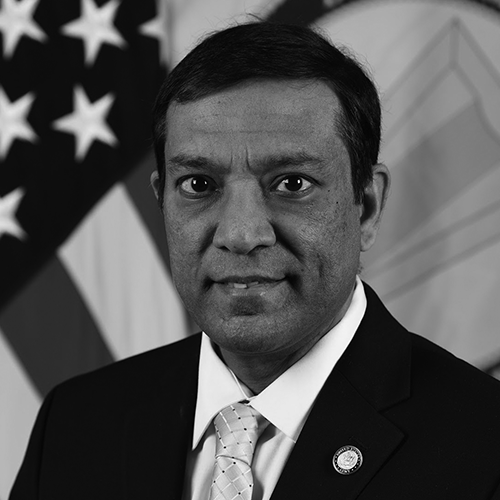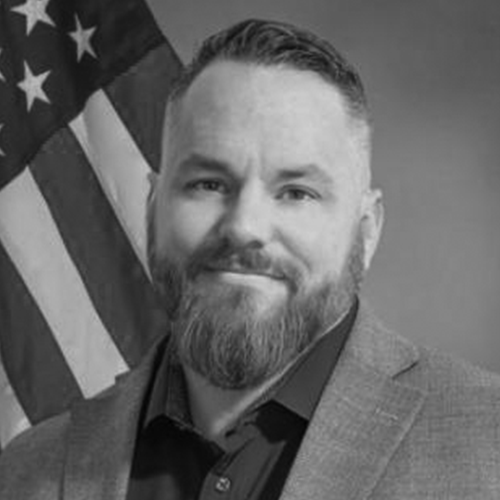Scoop News Group is pleased to announce the winners of the 2023 DefenseScoop 50 Awards.
In their inaugural year, the DefenseScoop 50 awards honor the trailblazers and leaders in and outside the U.S. military who are dedicated to using modern technology to revolutionize defense.
DefenseScoop was created in 2022 to be the premier news source dedicated to the U.S. military’s acquisition, development and use of technology as a force for modern defense. And now, a year since its launch, the publication looks to raise awareness and celebrate the outstanding achievements of the defense visionaries who are leading that effort.
The list of award winners in its first year is comprised of leaders and programs from across the Department of Defense and industry that are shaping how technology is becoming a central fixture in deterring and defending against emerging threats.
Over the course of several months, DefenseScoop readers nominated hundreds of leaders and programs across five categories and ultimately voted for the top 50 for the inaugural list.
Please join us in congratulating the winners, listed below alphabetically by each category, and sharing the list across social media and other platforms.
